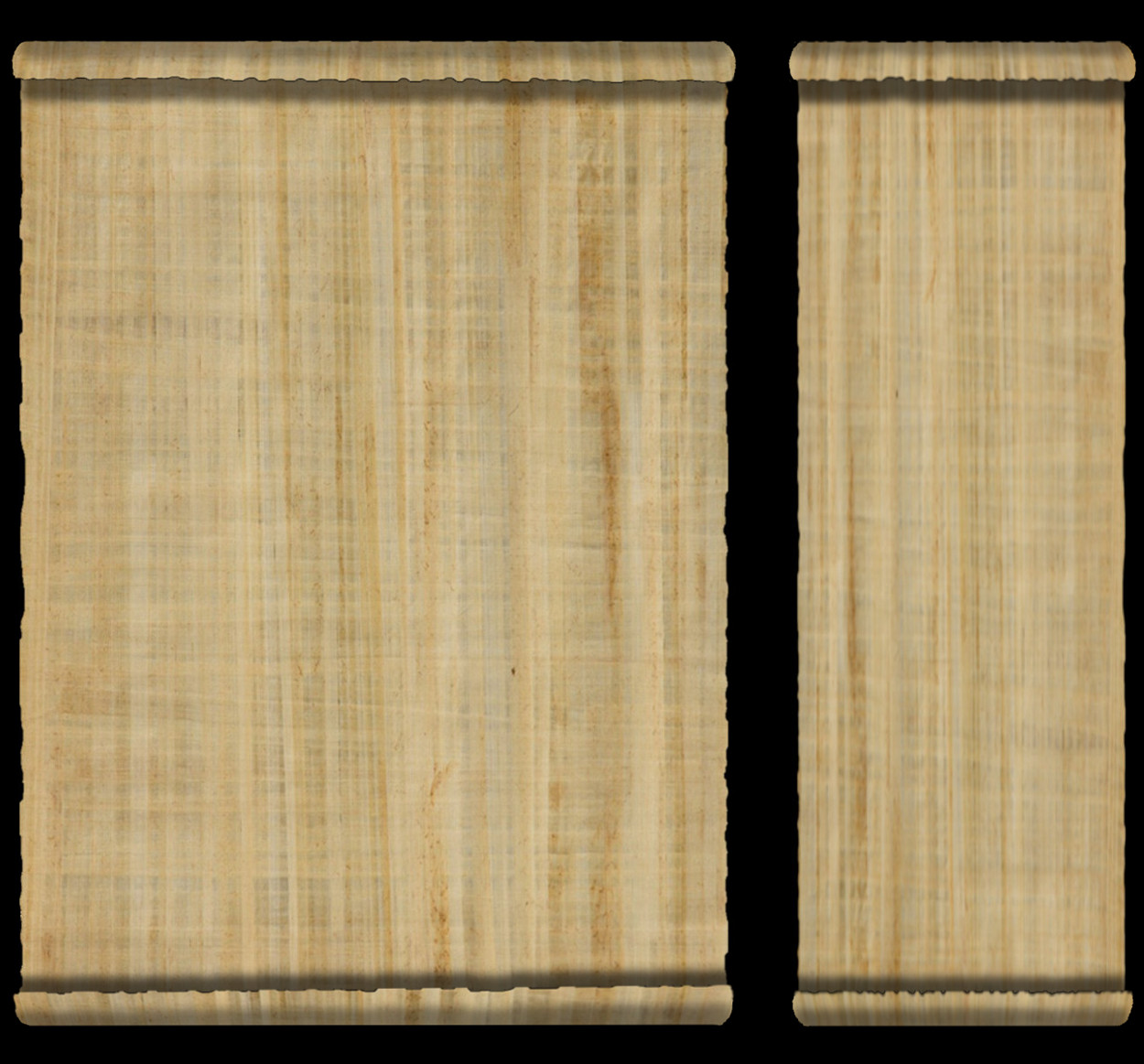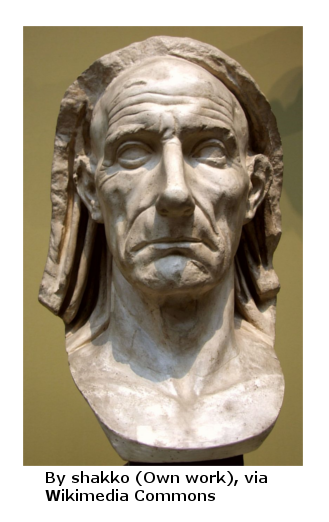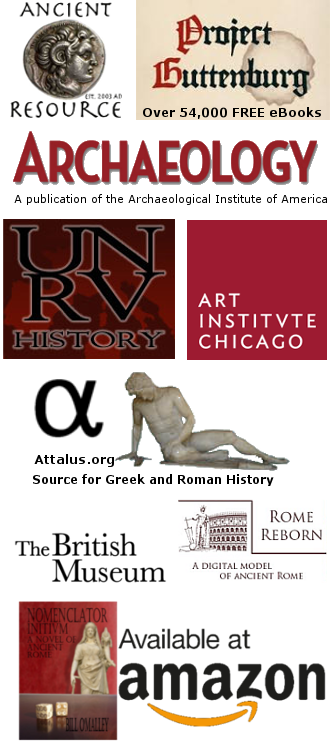



As with the other arts, the ancient Romans learned from and borrowed extensively from other cultures. Two primary sources of inspiration for Roman sculptors were, as always, the Greeks and the Etruscans, who also learned from the Greeks. Etruscan sculpture tended to focus on the clothed human form and was characterized by the Archaic smile, stylized hair and clothing, large almond shaped eyes and egg shaped heads. All of these traits tended to make the sculptures appear stiff and artificial representations of the human form. On the other hand, the Greek sculptors focused on balance, symmetry, beauty, strength and the overall perfection of the human form. The Roman sculptors learned from their predecessors and often made quite accurate copies of the most beautiful and in-demand works of the classical Greek artists. However, the Romans took their art to a new level, aspiring for realism and not shying away from showing the flaws and imperfections of the people they sculpted. Statues were often used to decorate gardens and niches in homes, and were sometimes whimsical in nature.

Roman artists sculpted in many media but favored bronze and marble. They often made copies of Greek originals and schools were established in both Rome and Athens to teach aspiring artists how to copy the most renowned Greek originals.
Much of Roman sculpture, like that of the Greeks, focuses on religion and mythology, and every dwelling had an altar with small statues of the gods particular to that family. The grander religious art made for public display or commissioned by wealthy collectors focused on portraying the ideal human form as gods and goddesses, and this was later applied to statues of emperors, glossing over age and imperfections to show them as semi-divine. However, much of Roman portrait sculpture was realistic and expressive showing warts, wrinkles, receding hairlines, and sagging flesh of old age, as well as other infirmities. It was traditional for Roman families to keep wax death masks, casts of a dead ancestor’s actual face to display at funerals. Often these masks were transferred to stone likenesses for greater permanence.
A form of sculpture that the Romans came to excel at was architectural sculpture. Statues and reliefs on buildings and monuments fulfilled a political as well as a decorative purpose. These works of art celebrated great victories and the achievements of prominent men. Later, in the Imperial period, this sort of art was used to maintain the image of a semi-divine, benevolent ruler who conquered Rome’s enemies and enlarged her fortune.
These links are being provided as a convenience and for informational purposes only; they do not constitute an endorsement or an approval by Nomenclator Books or Bill O'Malley of any of the products, services or opinions of the corporation or organization or individual. Nomenclator Books and Bill O'Malley bears no responsibility for the accuracy, legality or content of the external site or for that of subsequent links. Contact the external site for answers to questions regarding its content.
